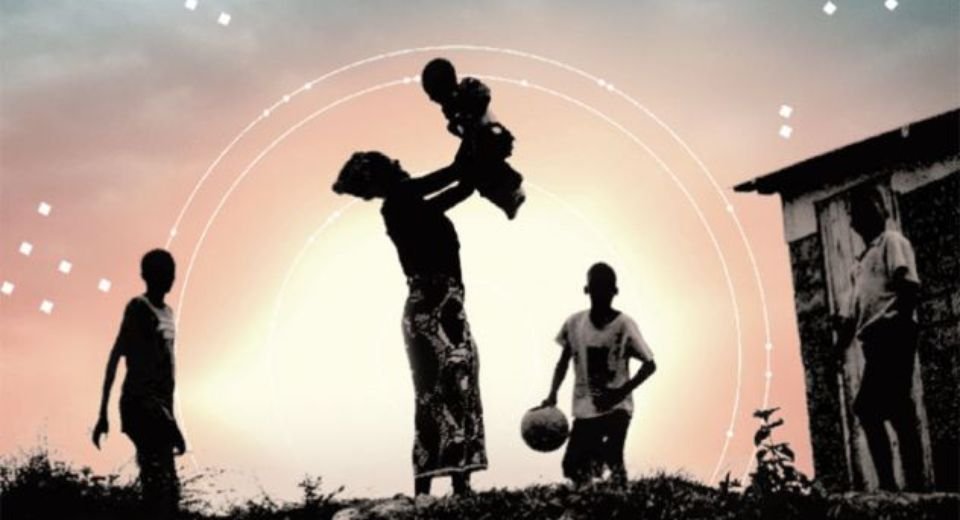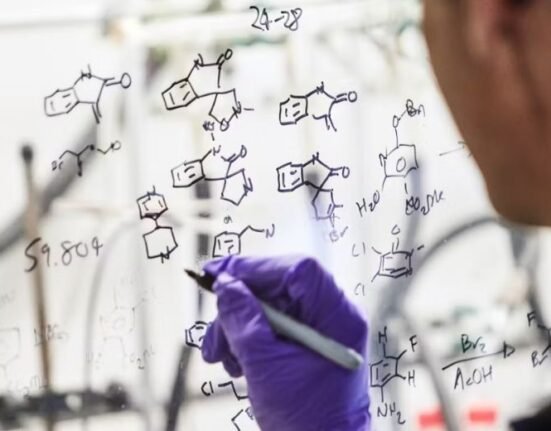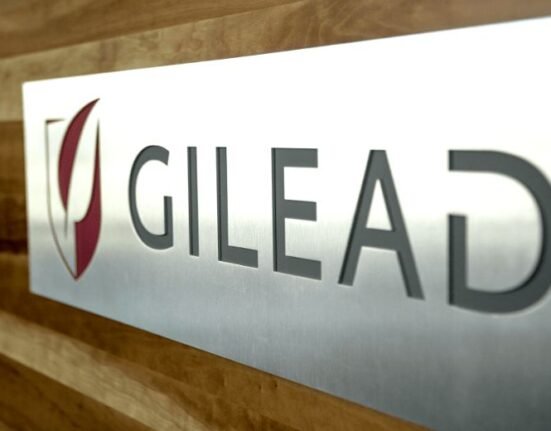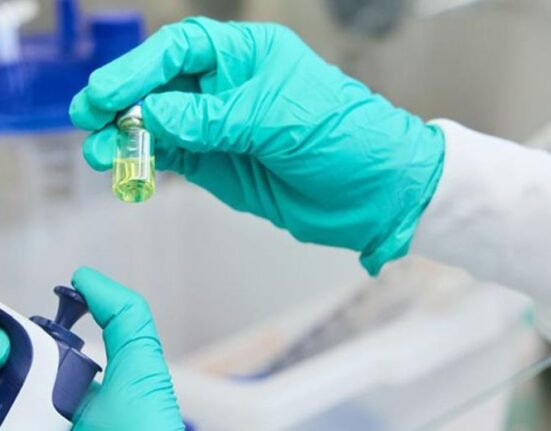HQ Team
July 23, 2024: A person dies every minute due to AIDS-related causes, and the world is off-track to achieve its goals with a quarter of 39.9 million HIV people unable to receive treatment owing to a funds shortage and an anti-rights push, a report stated.
The decisions and policy choices taken by world leaders this year will decide the fate of millions of lives and whether the world’s deadliest pandemic is overcome, according to the UNAIDS ‘Urgency of Now: AIDS at Crossroads’ report.
“Leaders pledged to reduce annual new infections to below 370,000 by 2025, but new HIV infections are still more than three times higher than that, at 1.3 million in 2023,” the report stated.
“World leaders pledged to end the AIDS pandemic as a public health threat by 2030, and they can uphold their promise, but only if they ensure that the HIV response has the resources it needs and that the human rights of everyone are protected,” said UNAIDS Executive Director, Winnie Byanyima.
“Leaders can save millions of lives, prevent millions of new HIV infections, and ensure that everyone living with HIV can live healthy, full lives.”
The global targets set out in the General Assembly’s 2016 Political Declaration on Ending AIDS were missed by a long way, allowing the AIDS pandemic to grow in many regions and countries.
The 1.7 million new HIV infections that occurred in 2019 are more than three times higher than the 2020 target of less than 500,000 new infections. In addition, the 690,000 AIDS-related deaths in 2019 far exceed the 2020 target of reducing deaths to fewer than 500,000 a year.
29 million by 2050
If nations take the bold actions needed now to ensure sufficient and sustainable resourcing and protect everyone’s human rights, the number of people living with HIV, requiring life-long treatment, will settle at around 29 million by 2050, according to the report.
“But if they take the wrong path, the number of people who will need life-long support will rise to 46 million,” in 2050 compared to 39.9 million in 2023.”
The report showed slower progress in rolling out medicines to people living with HIV. About 30.7 million people or more than three in four people get treatment. In 2010 treatment coverage stood at just 47%.
The expansion of people accessing treatment is a landmark public health achievement that has seen AIDS-related deaths halved since 2010 — from 1.3 million to 630,000 in 2023.
However, the world is off track to meet the 2025 target of reducing AIDS-related deaths to below 250,000.
Domestic funds
Globally, funding is shrinking, holding back progress and even leading to rising epidemics in certain regions. In 2023, the total resources available for HIV was $19.8 billion. It dropped by 5% from 2022 and was $9.5 billion short of the amount needed by 2025 at $ 29.3 billion.
Domestic funding in low- and middle-income countries—which amount to 59% of total resources for HIV—is being constrained by the debt crisis and fell for the fourth consecutive year, with a 6% decline from 2022 to 2023.
Around half of the total resources needed by 2025 are outside of the sub-Saharan region which is 93% of the current HIV funding gap.
Increased resource mobilization is needed, especially in Asia and the Pacific—where the numbers of people living with HIV are projected to almost double by 2050.
Funds are also needed in Eastern Europe and Central Asia, Latin America and the Middle East and North Africa — regions with growing epidemics — but where funding for HIV has decreased significantly.
Gender inequality, stigma
UNAIDS calculations show that while 20% of HIV resources should be dedicated towards HIV prevention for populations most affected by HIV, just 2.6% of total HIV spending went towards interventions for key populations in 2023.
Gender inequality was exacerbating the risks faced by girls and women and driving the pandemic, according to the report.
“HIV incidence among adolescent girls and young women is still extraordinarily high in parts of eastern and southern Africa and western and central Africa.”
Because stigma and discrimination against marginalized communities create barriers to vital prevention and treatment services, key populations, including sex workers, men who have sex with men and people who inject drugs, represent an increased proportion at 55% of new infections globally compared to 2010 at 45%.
HIV prevention and treatment services will only reach people if human rights are upheld, if unfair laws against women and marginalized communities are scrapped, and if discrimination and violence are tackled head-on, according to the report.
“The fraying of solidarity between and within countries is putting progress in danger, but the path that ends AIDS is a path that has been proven and is a path that leaders have promised to take,” said Ms Byanyima.
“Whether leaders fulfil their pledge to end AIDS is a political and financial choice. The time to choose the right path is now,” she said.








